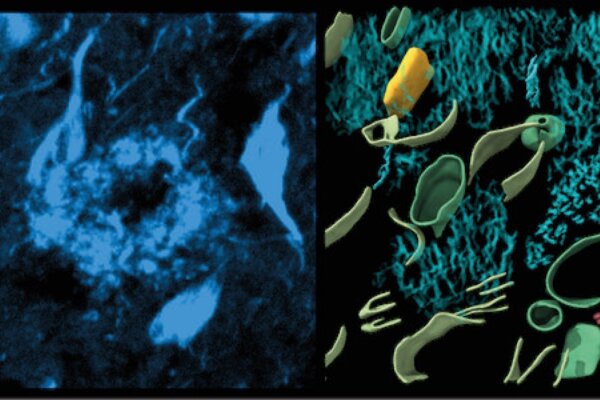
Anna Shvets / pexels.com
ANN ARBOR, Mich. — No one can predict exactly what pattern COVID-19 (also referred to as SARS-CoV-2) will follow, but a new study is offering a certain degree of hope that the pandemic may weaken as temperatures increase come summertime. Researchers from the University of Michigan say that of the seven prior coronaviruses known to infect people, four cause common respiratory infections that are highly seasonal and tend to peak during colder months.
“Even though the seasonal coronaviruses found in Michigan are related to SARS-CoV-2, we do not know whether that virus will behave like the seasonal coronaviruses,” says Arnold Monto, the Thomas Francis Collegiate Professor of Epidemiology at Michigan's School of Public Health, in a release. “Only time will tell if SARS-CoV-2 will become a continuing presence in the respiratory infection landscape, continue with limited circulation as with MERS, or like SARS, disappear from humans altogether.”
Historically, human coronaviruses usually only result in mild symptoms. More serious strains appear when an animal coronavirus crosses over to humans. SARS in 2002 and MERS in 2012, both highly dangerous coronavirus strains, originated in animals before infecting people. It's of course been well documented at this point that COVID-19 is believed to have originated in animals, with most theories pointing to some combination of bats or pangolins.
The research team used data collected originally collected by the Household Influenza Vaccine Evaluation Study, a long-term research initiative focusing on respiratory illnesses in Ann Arbor-area households with children. For the past 10 years, over 1,400 individuals from several hundred Michigan households took part in the project. The initiative is still active today, and has transitioned into tracking the occurrence of COVID-19 in the state of Michigan.
Back in 2010, however, the project tracked four variations of human coronavirus (OC43, 229E, HKU1, and NL63). Among 993 studied infection cases, characteristics like seasonality, frequency, and home transmission rates were investigated.
They noted that most coronavirus cases took place between December and May, peaking around January or February. In fact, only 2.5% of cases occurred during the summer months. Again, the study's authors say their results can't predict COVID-19 seasonal behavior to any degree of certainty. That being said, this is the most closely related historical data we have to work with regarding this new strain.
Interestingly, that data also showed that children under age 5 had the highest rate of infection. That's quite different than this latest strain, which seems to be especially prevalent among older adults. About 26% of the cases were contracted from an infected person in each patient's home.
The study is published in the Journal of Infectious Diseases.










